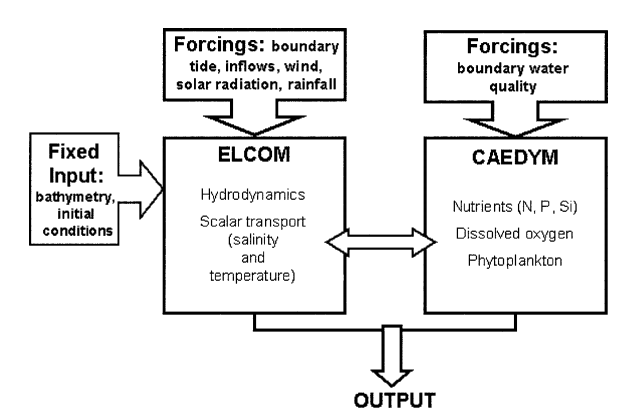Impacts of hydrological change on phytoplankton succession in the Swan River, Western Australia
ABSTRACT: The Swan River estuary, Western Australia, has undergone substantial hydrological modifications since pre-European settlement. Land clearing has increased discharge from some major tributaries roughly 5-fold, while weirs and reservoirs for water supply have mitigated this increase and reduced the duration of discharge to the estuary. Nutrient loads have increased disproportionately with flow and are now approximately 20-times higher than pre-European levels. We explore the individual and collective impacts of these hydrological changes on the Swan River estuary using a coupled hydrodynamic-ecological numerical model. The simulation results indicate that despite increased hydraulic flushing and reduced residence times, increases in nutrient loads are the dominant perturbation producing increases in the incidence and peak biomass of blooms of both estuarine and freshwater phytoplankton. Changes in salinity associated with altered seasonal freshwater discharge have a limited impact on phytoplankton dynamics.
EXTRACT: Figure 2:

Fig. 2. Schematic of the coupling between the hydrodynamic model ELCOM and the ecological model CAEDYM.
